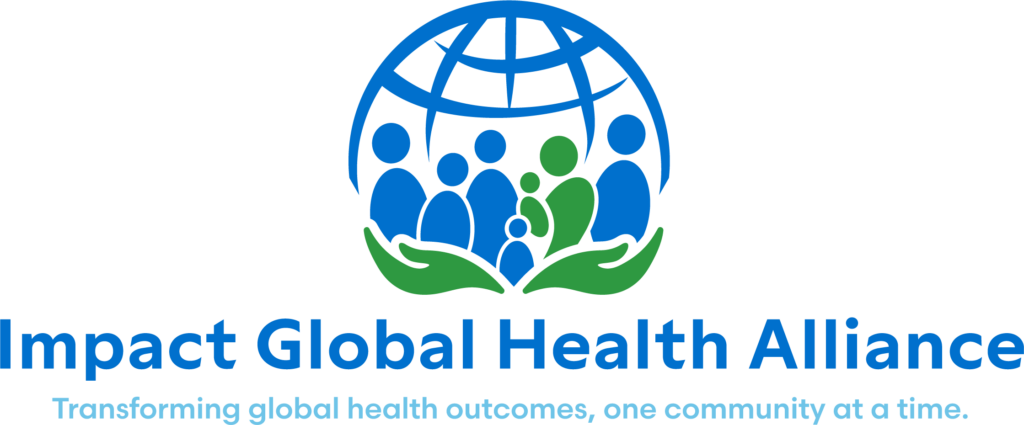“He who has health, has hope. He who has hope, has everything.” –Arab Proverb
In the highlands of Guatemala is an area that locals call “the Triangle of Death” as it has some of the worst health indicators in Latin America. Impact Global Health Alliance has been working in the area since 2002 and in 2011 received a USAID Child Survival and Health Grant to continue efforts to combat maternal, newborn, and child mortality.
A Knowledge, Practice, Coverage survey was completed in the fall of 2015 to compare final results with baseline project indicators in relation to levels of knowledge, key behaviors, and coverage of project activities and health services. Check out some of the highlights from the report below.
Water and Sanitation
Households showed significant progress in their ability to appropriately store and treat water. Most impressive of all, was the thirty-fold increase in hand washing at critical times such as before food preparation, before feeding, and after defecation. This small, preventative measure goes a long way toward avoiding communicable diseases that, when not properly treated, can have devastating consequences. Clean hands mean fewer illnesses and, ultimately, healthy families lead to healthy communities.
Prevention and Treatment of Diarrhea
With doctors and medications so readily available in the United States, it can be easy to overlook the threat that diarrhea poses to young children in developing countries. However, severe dehydration can have fatal results if ignored. The project saw a significant increase in mothers’ use of oral re-hydration therapy and zinc to shorten and improve diarrhea episodes. Most noteworthy though was the doubling of households increasing fluid intake during diarrhea episodes, a simple action that can save a child’s life.
Clean, Safe Births
Women in this area customarily deliver in dirt-floored homes, an unsanitary environment that leaves mothers and newborns vulnerable to illness and injury. The project saw a decrease in home births as well as an increase in deliveries attended by a skilled birth attendant. Moreover, more than half of mothers are now able to name at least two danger signs of delivery, a fourfold increase from before. In an area where women face a 1-in-20 lifetime chance of dying during childbirth, these improvements can help them rest easily knowing they can now safely give birth to healthy babies.
In summary
Overall, the project saw great success in meeting its goals and objectives and improving the health of mothers and children in the region. By implementing Curamerica’s signature Community-Based, Impact-Oriented (CBIO) strategy alongside our Care Group methodology, women are now able to recognize danger signs in pregnancy, seek appropriate treatment, and apply simple behavioral changes to ensure both their health and the health of their family.




